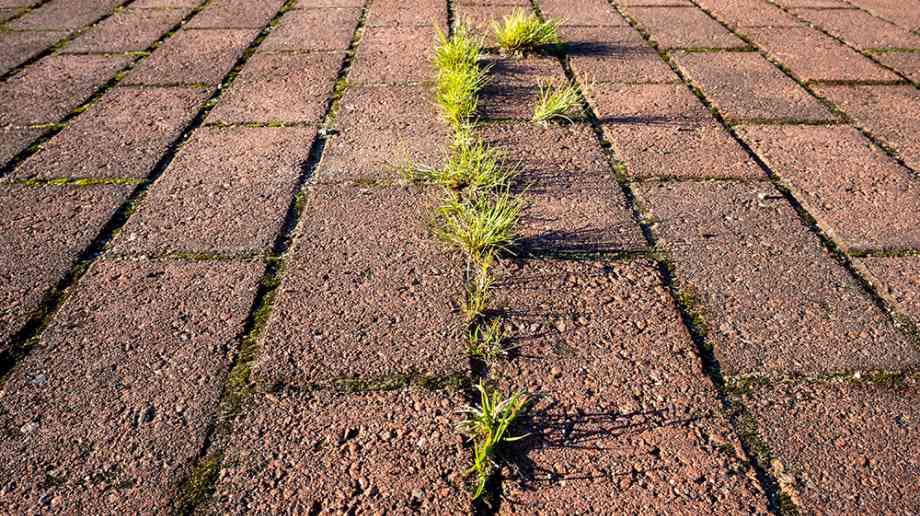Sue Robb of 4Children talks to Julie Laughton and Alison Britton from the Department for Education about the role of childminders in delivering the 30 hours free entitlement.

Protecting people and the environment
The discovery of Hemlock, a poisonous plant, on an overgrown path near a primary school in Suffolk has brought the issue to public attention
It was reported that pupils of Bucklesham Primary School in Suffolk had to walk in the road to avoid the plant, which can be fatal if ingested.
Responsibility
However, children on the way to school and other members of the public cannot be expected to identify dangerous plants that they may come across when out and about on public pathways. That’s why it’s important to have a reliable and detailed invasive and dangerous plant management plan in place and the skilled personnel to identify and remove dangerous species.
For some plants, such as Japanese Knotweed, councils have a legal responsibility to manage invasive species within their areas of jurisdiction and prevent them from causing harm to the environment, property, infrastructure and people.
Identification
It is essential that you are able to identify the types of plants that are in the areas that you manage, and you need skilled personnel to be E
F able to do this effectively. Skilled contractors are able to identify Japanese knotweed, giant hogweed, himalayan balsam and hemlock and let you know of the presence of any plants that are harmful to human health and/or native species and how to then deal with them, once these species have been identified.
Many providers will offer a free survey and identification report, so if a dangerous or invasive species is not found, it won’t cost you anything.
You can contract this work out, but training courses are also available for you to train your own staff to have the skills to identify invasive species. This could be your regular parks and grounds team, so they are able to identify plants immediately whilst carrying out their day-to-day tasks. It will also be quicker and easier to respond to any reports from the public if you have trained members of staff in house.
Invasive species like Japanese knotweed spread quickly and can be more difficult to remove the longer they are left untreated. This means the longer you leave it, the bigger the job, the bigger the damage and the bigger the cost.
It is important to be able to detect invasive species quickly, so you address the problem quickly, either through the use of contractors or specially trained staff in house as mentioned above. Once identified, steps can be taken to warn people of the dangers and remove the threat.
Protecting the public
An area where a species such as Japanese knotweed or hemlock has been identified should be fenced off and signposted, so the public are aware of the presence and potential threat of the plant. This can also help to stop the spread of the plant.
Removal
There are a couple of ways to eradicate invasive species, one being herbicide. Herbicide tends to be a cost-effective measure as well as producing results. It is important that the herbicide is applied correctly and sustainably to remove the threat without harming other plant and wildlife species, as well as any humans who may be in the area.
There is also the option of excavation – removing the plant entirely. This though is harder work and more expensive and should only be carried about by trained contractors.
Dangerous and invasive plants do present a big problem for local authorities, as there is a responsibility to remove them. However, the resources are there to be able to do this. The thing to remember is that action should be taken swiftly.
Company Focus
Located in Bromley, Japanese Knotweed Eradication Ltd has been providing solutions in the treatment and removal of Japanese Knotweed (Fallopia Japonica) for over a decade. During this time we have mastered a repertoire of methods, from herbicidal treatments to landscaping solutions, tailored to address the unique challenges our clients face with this pervasive weed.
Event Diary
UKREiiF has quickly become a must-attend in the industry calendar for Government departments and local authorities.
The multi-award-winning UK Construction Week (UKCW), is the UK’s biggest trade event for the built environment that connects the whole supply chain to be the catalyst for growth and positive change in the industry.
Supplier Profiles
Geo Energy
At GeoEnergy Design, we're on a mission to disrupt the traditional way heating and cooling ha
Latest Features
Professor Harith Alani, director of the Knowledge Management Institute at the Open University explains how AI can be used for good and bad.
Alex Lawrence, head of health & social care, techUK sets out techUK’s Five Point Plan for CareTech.












